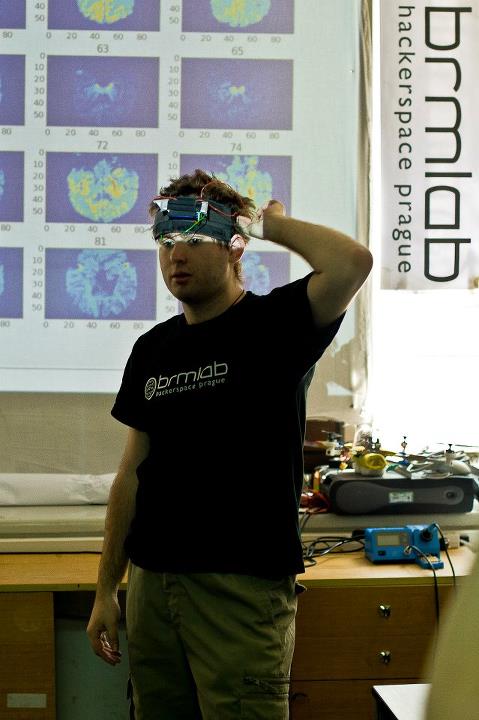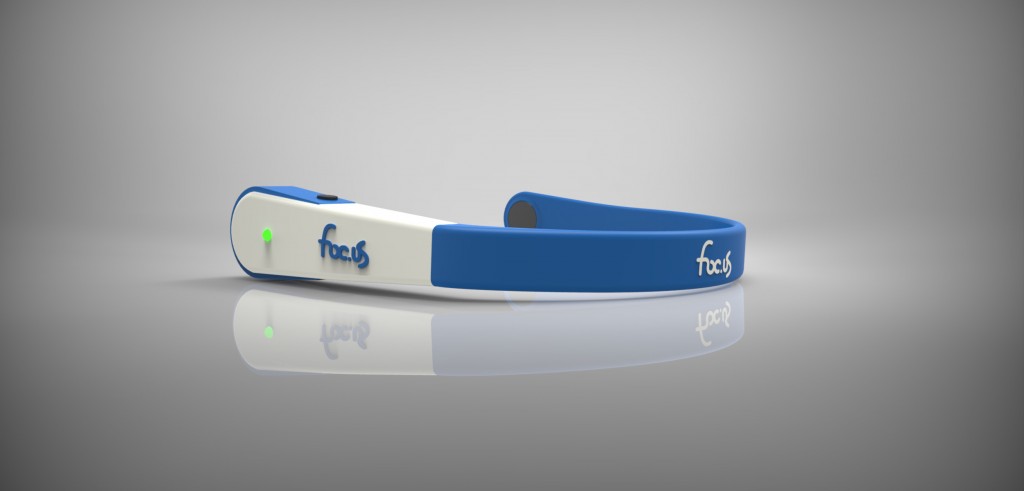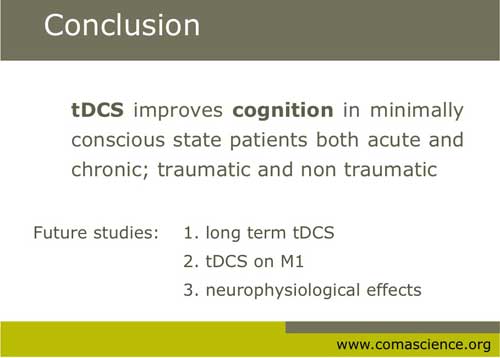Petr dropped me a line with an update on what brmlab has been up to lately. Wow! Check out the photo album. Very interesting collection of crew and gadgets. Here he is with an early version of his tDCS device.

He also pointed me to the focus. I don’t know how I’d missed it. Unfortunately (for me)…
Due to F.D.A. requirements the focus v1 is not currently available for sale in the United States. If you live in the U.S. and would like to buy a focus device, please pre-register. If there is sufficient demand from U.S. customers we will seek the necessary certification.
I think we can expect a lot of that. But how cool! You can sign up for ‘priority access’ on their site.

One of the things Petr and I discussed is objective testing for use in determining whether or not a tDCS device is actually doing anything. Petr came up with some great links. Both PEBL Psychological Test Battery and Brain Workshop – a Dual N-Back game, seem to be tests you download to your own computer. But I’ve just spent the last 20 minutes doing tests on a site called Quantified Mind. Except for the Google (only) login, it’s about perfect. A nice collection of tests and the results are collected very nicely into a statistics page that associates with your account. Cool! [Update 5/25/12] Another interesting candidate for measuring effectiveness. Lumosity research partners include Stanford and Harvard. A very basic reaction time test, HumanBenchMark.com.
Petr also mentioned that he corresponded with the GoFlow people and they are going to set up a wiki. In their recent email they announced they were a little bit behind and were waiting to hear back from Kickstarter. But that whether or not they get Kickstarter approval they’ll be moving forward soon.
All for now.
JH




